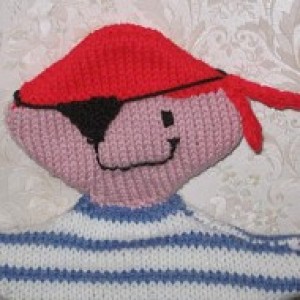Didn't he do well!
Another grey day, brightened by sorting through my late father's badge awards that he earned in the Sheffield Boys Brigade in the 1930s. These are just a few of them - so attractively designed and made, that I thought them blipworthy.
The Boys Brigade, that began in Scotland in 1833, was - and still is - an interdenominational Christian youth organisation, akin to - and older than - the Boy Scout movement. Similarly, these badges were rewarded for effort and success in various different disciplines - mostly physically demanding, I suspect.
The helmet-shaped badge is the Fireman's badge, earned for knowledge of and practical skills in fire prevention and extinction, and the shield-shaped one, the Wayfarer's badge - presumably for rambling and fell-walking, map-reading and route planning. The Bugler's badge relates to achievement in the BB band, and is pretty self-explanatory, but I don't know what the artist's palette represents. Crafts, maybe?
The little badge in the centre (actually it's just as big as the others before I shrank it) is a Long Service Award. It carries the motto 'Sure, Stedfast' as do others in his collection. (Note - no 'A' in 'steadfast' in those days, apparently.)
I knew my father had been in the Boys Brigade and that he'd played the bugle (very well according to my uncle), but I don't ever remember being shown these badges during my quiet and modest father's 87 years. Therefore my knowledge of what any is for, is from research on the internet. And these badges are but a few of many he gained. Should love to hear from anyone who can enlighten me further - especially as regards the arty award.
Like the Scouts, the Boys Brigade rapidly became a worldwide institution, so isn't it strange how (I'd like to bet) most people - scouters or not - know the name 'Baden Powell' and can link it to the scout movement, whereas how many of us know the name William Alexander Smith, conceiver of the Boys Brigade?

Comments
Sign in or get an account to comment.


